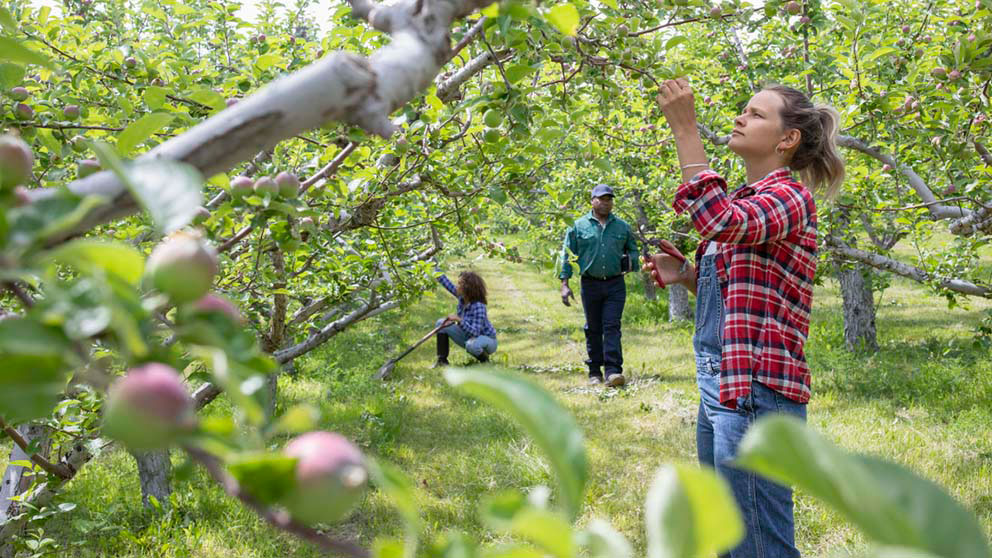Are we on the same page? The value of providing clear direction

Good communication with employees is always important, but with agricultural jobs that are unusual, specialized, or seasonal where employees aren’t around all the time, the challenge to deliver clear direction is particularly vital.
Baker's Nursery in Bayfield, Ont. grows woody ornamental plants, trees, shrubs and some ornamental grasses, and job applicants typically start without any experience.
“Knowing trees is not something that people ever run into on their way through life, and then they land at the nursery to work,” owner Todd Baker says in an FCC podcast. “A lot of the things we do are fairly detailed and appear fairly complex until you’re initiated and you have some experience.”
Heightening the challenge is the fluid employment levels at the tree nursery. Baker usually begins in March with six to eight workers, growing to 10 in June and July, down to four or five in August and September and returning to eight from autumn to Christmas.
Covering the basics
Baker has an employee handbook “designed to answer questions that everyone has.”
Showing up for work, personal and protective equipment, sun and dehydration protection are some of the topics in the employee handbook. It’s short, he says and looks after the basic questions.
Out of synch
Baker found his biggest challenge when communicating effectively with employees was in the next steps. He would be fine with the basics but would still need to convey to an employee how he wanted the task done.
Not only could misunderstandings be frustrating, but they weren’t even confined to the rookies. Looking back, one seasoned full-timer of Baker’s continually misinterpreted instructions.
“I would give him a job, and I would go away to do a different job, and I would come back, and he would have done something different than I asked,” Baker remembers. “And it became a running joke for me to see what I was going to get.”
Build the framework
Create a framework that allows employees to understand their role and its importance in the agricultural operation.
Baker learned the importance of creating a framework that allows employees to understand their role and its importance.
“‘Why’ is the big driver,” Baker says.
He links the why with the rest of his instructions when speaking to staff:
Show employees how to do a task
Explain what the task is
Elaborate on why it is done in a specific way
“Every single step that we do when we’re growing plants has the potential to add or subtract or delete value,” Baker says, pointing to the critical nature of good communications with staff.
For more about Baker’s experiences, listen to the FCC Knowledge Podcast: Talking Farm and Food.
Article by: Richard Kamchen

Learn how actively listening to farm team members builds connection and better communication overall.
